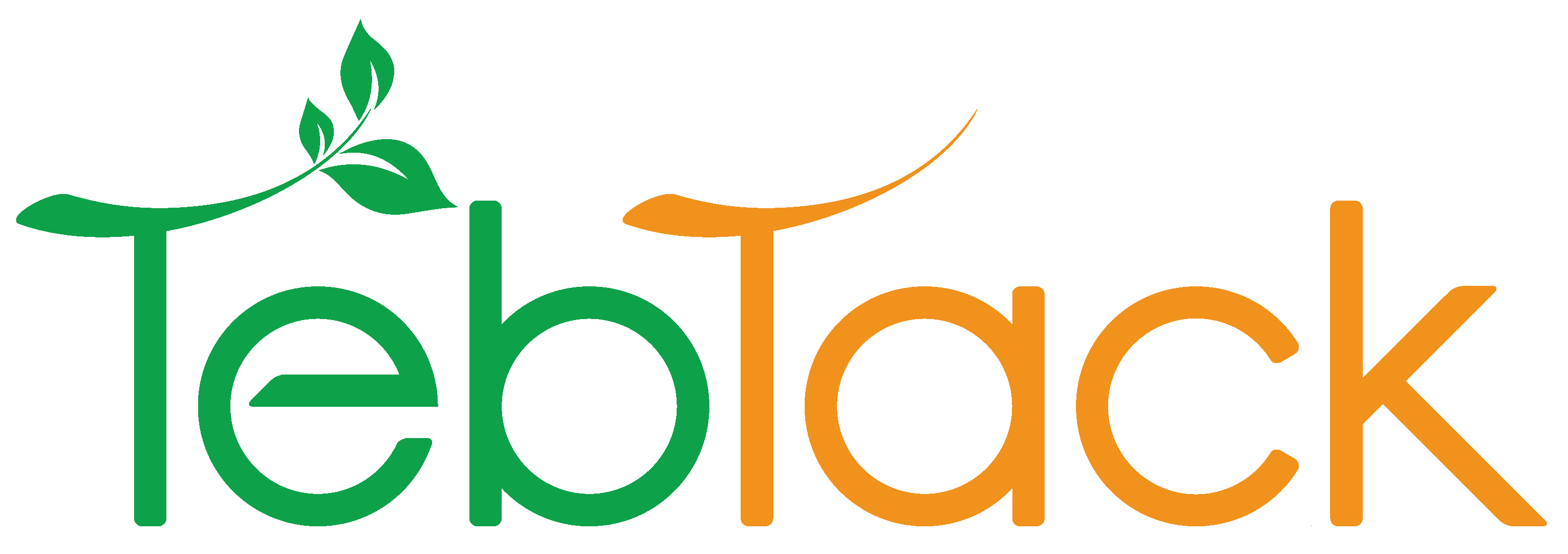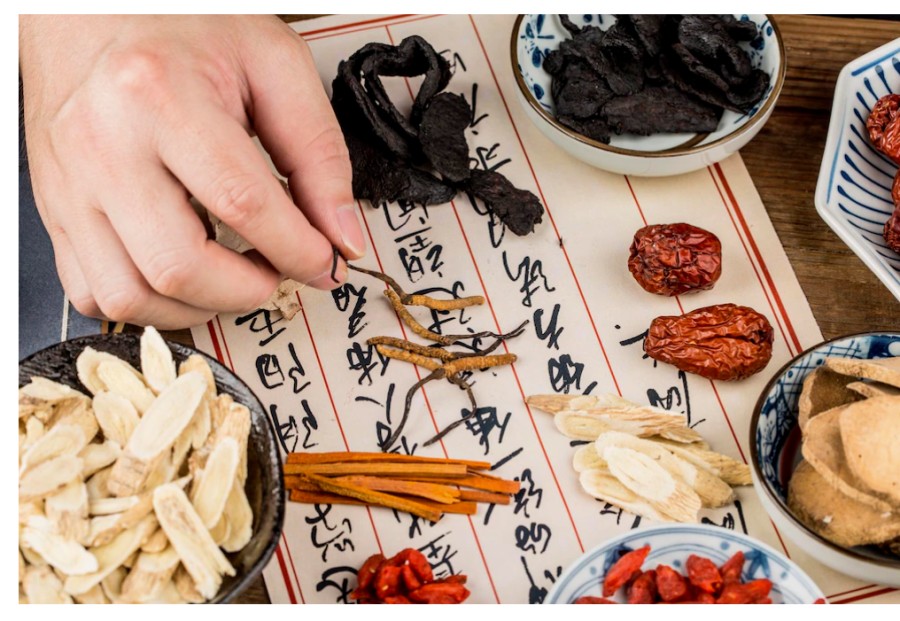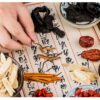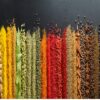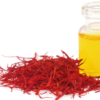China’s ancient herbal tradition has survived intact into the 21st century, and in China it is now accorded equal status with Western conventional medicine. Today, many Chinese universities teach and research herbal medicine, a factor of crucial importance in the reemergence of herbalism worldwide.
Traditional Chinese Medicine (TCM) and the herbal tradition that is part of it developed separately from Chinese folk medicine. It arose from ideas recorded between 200 BCE and 100 CE in the Yellow Emperor’s Classic of Internal Medicine (Huang Di Nei Jing). This text is based on detailed observations of nature and a deep understanding of the way that all life is subject to natural laws. It contains concepts that are fundamental to TCM, including yin and yang, the five elements (wu xing); and the theory of the effect of nature upon health.
In TCM, living in harmony with these principles is the key to good health and longevity. According to the Yellow Emperor’s Classic, members of previous generations lived for a hundred years, and had constitutions so strong that illness was cured by incantations alone. Only later, as human vitality, or qi, declined and people became “overactive…going against the joy of life,” did herbal medicine, acupuncture, and other branches of TCM become necessary.
Key Theories
Unlike other herbal traditions that have a unified theory for making sense of illness and disease (for example, the European theory of the four humors), TCM has two quite different systems – the yin and yang theory and the five elements. They developed quite separately in China, and the five elements system was only accepted and fully incorporated into Chinese medicine during the Song dynasty (960-1279 CE). To this day, differences between these theories are reflected in practitioners’ approaches to diagnosis and treatment.
In Chinese thought, everything in the universe is composed of yin and yang – words that were first used to denote the dark and light side of a valley. Everything has yin and yang aspects, or complementary opposites – such as day and night, up and down, wet and dry. Every yin or yang category can itself also be subdivided – so that while the front of the body is yin relative to the back, which is yang, the abdomen is yin relative to the chest, which is yang.
The five elements theory associates constituents of the natural world – wood, fire, earth, metal, and water – with other fundamentals such as seasons, emotions, and parts of the body. Each element gives rise to the next in a perpetual fashion. For this reason, the system might be more accurately described as the five phases, representing the process of continual movement in life. The five elements have a central role in Chinese herbal medicine, especially in the grouping of tastes of herbs and parts of the body.
Diagnosis & Treatment
Instead of looking for causes of illness, Chinese practitioners seek patterns of disharmony, which are expressions of imbalance between yin and yang. Particular attention is given to reading the pulse and tongue, both of which are very important for an accurate diagnosis. Ill health results from a deficiency or excess of either yin or yang. A cold, for example, is not just the result of a virus (though this clearly is a cause), but a sign that the body is not adapting to external factors such as “wind-heat”, “wind-cold”, or “summer-heat”. A high temperature denotes too much yang and shivering is the result of an excess yin. The art of a Chinese herbal practitioner is to restore harmony between yin and yang both within the patient’s body and between the patient and the world at large.
Chinese Herbs
Over the centuries, the number of medicinal herbs has grown, and as the herbal tradition developed within TCM, the taste and other characteristics of herbs became closely linked with their therapeutic uses. Today, Chinese herbalists still relate the taste and temperature of an herb directly to its therapeutic use. Sweet-tasting herbs such as ginseng are prescribed to tone, harmonize, and moisten, while bitter-tasting herbs such as dan shen (Salvia miltiorrhiza) are employed to drain and dry excess “dampness”. Hot-tasting herbs are used for treating “cold” conditions and vice versa. Together, an herb’s taste and temperature link it to specific types of illness. For example, Baical skullcap (Scutellaria baicalensis), which is bitter-tasting and “cold,” is a drying, cooling herb for conditions such as fever and irritability, brought on by patterns of excess heat.
Taking Medicines
The Chinese tradition relies heavily on formulas, which are set mixtures of herbs that have proven effectiveness as tonics or remedies for specific illnesses. Many are available over the counter and are used by millions of people every day in China and around the world. Chinese herbalists often take a formula as a starting point and then add other herbs to the mixture. There are hundreds of formulas, one of the most famous being “Four Things Soup,” a tonic given to regulate the menstrual cycle and tone the reproductive sytem. It consists of dang quai (Angelica sinensis), rehmannia (Rehmannia glutinosa), chuang xiong (Ligusticum wallachii), and white peony (Paeonia lactiflora). Chinese herbal medicine uses tinctures or alcoholic extracts of herbs, but only infrequently. Generally, patients are given mixtures of roots and bark to take as decoctions two or three times a day.
In conclusion, traditional Chinese medicine is an alternative medical practice drawn from traditional medicine in China and although it has been described by some as “fraught with pseudoscience”, it is an inseparable aspect of medical practice in China and all around the world.
